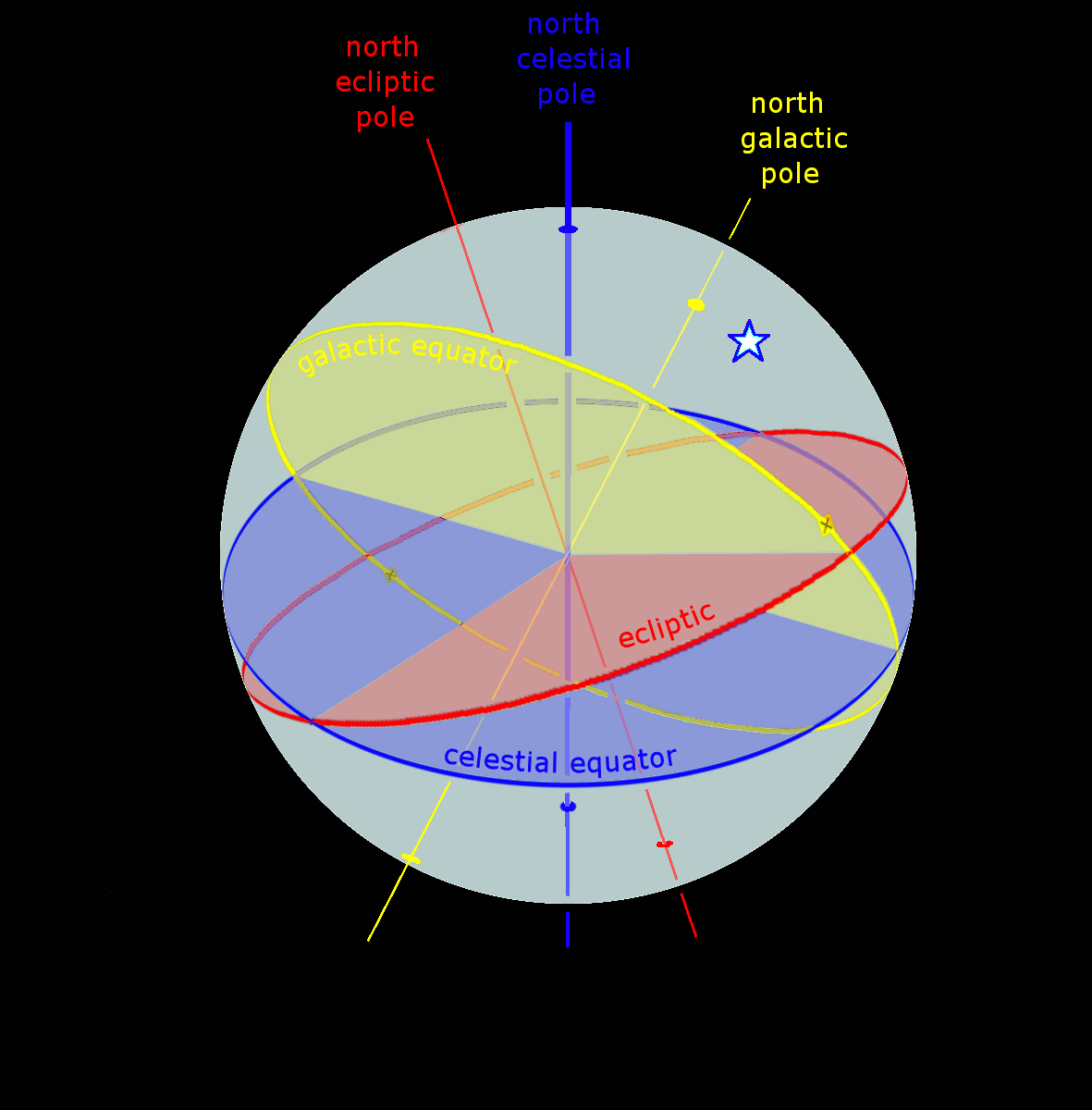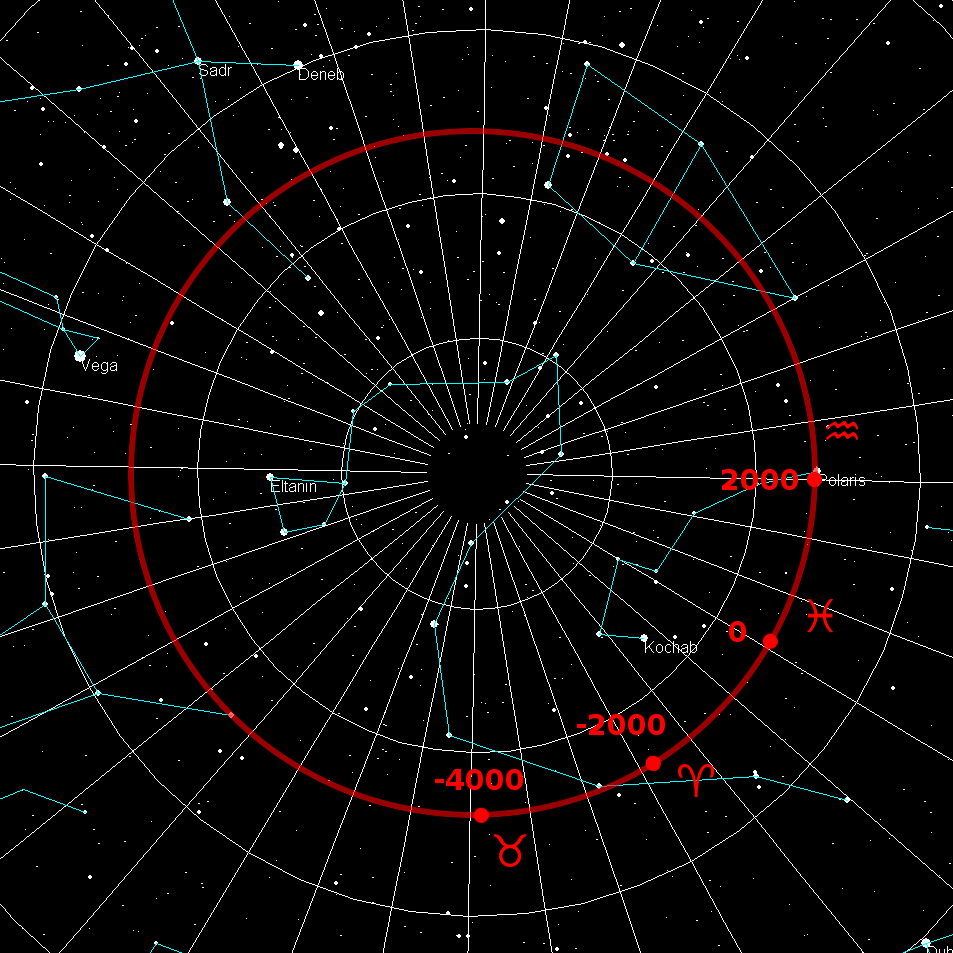|
Axes Conventions
In ballistics and flight dynamics, axes conventions are standardized ways of establishing the location and orientation of coordinate axes for use as a frame of reference. Mobile objects are normally tracked from an external frame considered fixed. Other frames can be defined on those mobile objects to deal with relative positions for other objects. Finally, attitudes or orientations can be described by a relationship between the external frame and the one defined over the mobile object. The orientation of a vehicle is normally referred to as ''attitude''. It is described normally by the orientation of a frame fixed in the body relative to a fixed reference frame. The attitude is described by ''attitude coordinates'', and consists of at least three coordinates. While from a geometrical point of view the different methods to describe orientations are defined using only some reference frames, in engineering applications it is important also to describe how these frames are attache ... [...More Info...] [...Related Items...] OR: [Wikipedia] [Google] [Baidu] |
Plane
Plane(s) most often refers to: * Aero- or airplane, a powered, fixed-wing aircraft * Plane (geometry), a flat, 2-dimensional surface Plane or planes may also refer to: Biology * Plane (tree) or ''Platanus'', wetland native plant * Planes (genus), ''Planes'' (genus), marsh crabs in Grapsidae * ''Bindahara phocides'', the plane butterfly of Asia Maritime transport * Planing (boat), where weight is predominantly supported by hydrodynamic lift * Plane (wherry), ''Plane'' (wherry), a Norfolk canal boat, in use 1931–1949 Music *"Planes", a 1976 song by Colin Blunstone *"Planes (Experimental Aircraft)", a 1989 song by Jefferson Airplane from ''Jefferson Airplane (album), Jefferson Airplane'' *"Planez", originally "Planes", a 2015 song by Jeremih *"The Plane", a 1987 song on the ''Empire of the Sun (soundtrack), Empire of the Sun'' soundtrack *"The Plane", a 1997 song by Kinito Méndez Other entertainment *Plane (Dungeons & Dragons), Plane (''Dungeons & Dragons''), any fictional r ... [...More Info...] [...Related Items...] OR: [Wikipedia] [Google] [Baidu] |
Roll-pitch-yaw
The Euler angles are three angles introduced by Leonhard Euler to describe the Orientation (geometry), orientation of a rigid body with respect to a fixed coordinate system.Novi Commentarii academiae scientiarum Petropolitanae 20, 1776, pp. 189–207 (E478PDF/ref> They can also represent the orientation of a mobile frame of reference in physics or the orientation of a general Basis (linear algebra), basis in 3-dimensional linear algebra. Alternative forms were later introduced by Peter Guthrie Tait and George H. Bryan intended for use in aeronautics and engineering. Chained rotations equivalence Euler angles can be defined by elemental geometry or by composition of rotations. The geometrical definition demonstrates that three composed ''elemental rotations'' (rotations about the axes of a coordinate system) are always sufficient to reach any target frame. The three elemental rotations may be #Conventions by extrinsic rotations, extrinsic (rotations about the axes ''xyz'' of t ... [...More Info...] [...Related Items...] OR: [Wikipedia] [Google] [Baidu] |
Ecliptic Coordinate System
The ecliptic coordinate system is a celestial coordinate system commonly used for representing the apparent positions, orbits, and pole orientations of Solar System objects. Because most planets (except Mercury) and many small Solar System bodies have orbits with only slight inclinations to the ecliptic, using it as the fundamental plane is convenient. The system's origin can be the center of either the Sun or Earth, its primary direction is towards the vernal (March) equinox, and it has a right-hand convention. It may be implemented in spherical or rectangular coordinates. Primary direction The celestial equator and the ecliptic are slowly moving due to perturbing forces on the Earth, therefore the orientation of the primary direction, their intersection at the Northern Hemisphere vernal equinox, is not quite fixed. A slow motion of Earth's axis, precession, causes a slow, continuous turning of the coordinate system westward about the poles of the ecliptic, completi ... [...More Info...] [...Related Items...] OR: [Wikipedia] [Google] [Baidu] |
Celestial Coordinate System
Astronomical coordinate systems are organized arrangements for specifying positions of satellites, planets, stars, galaxies, and other celestial objects relative to physical reference points available to a situated observer (e.g. the true horizon and north cardinal direction to an observer situated on the Earth's surface). Coordinate systems in astronomy can specify an object's position in three-dimensional space or plot merely its direction on a celestial sphere, if the object's distance is unknown or trivial. Spherical coordinates, projected on the celestial sphere, are analogous to the geographic coordinate system used on the surface of Earth. These differ in their choice of fundamental plane, which divides the celestial sphere into two equal hemispheres along a great circle. Rectangular coordinates, in appropriate units, have the same fundamental () plane and primary (-axis) direction, such as a rotation axis. Each coordinate system is named after its choice of fundamental ... [...More Info...] [...Related Items...] OR: [Wikipedia] [Google] [Baidu] |
Celestial Pole
The north and south celestial poles are the two points in the sky where Earth's rotation around a fixed axis, axis of rotation, indefinitely extended, intersects the celestial sphere. The north and south celestial poles appear permanently directly overhead to observers at Earth's North Pole and South Pole, respectively. As Earth spins on its axis, the two celestial poles remain fixed in the sky, and all other celestial points appear to rotate around them, completing one circuit per day (strictly, per sidereal time, sidereal day). The celestial poles are also the poles of the celestial equatorial coordinate system, meaning they have declinations of +90 degrees and −90 degrees (for the north and south celestial poles, respectively). Despite their apparently fixed positions, the celestial poles in the long term do not actually remain permanently fixed against the background of the stars. Because of a phenomenon known as the precession of the equinoxes, the poles trace out ci ... [...More Info...] [...Related Items...] OR: [Wikipedia] [Google] [Baidu] |
Celestial Equator
The celestial equator is the great circle of the imaginary celestial sphere on the same plane as the equator of Earth. This plane of reference bases the equatorial coordinate system. In other words, the celestial equator is an abstract projection of the terrestrial equator into outer space. Due to Earth's axial tilt, the celestial equator is currently inclined by about 23.44° with respect to the ecliptic (the plane of Earth's orbit), but has varied from about 22.0° to 24.5° over the past 5 million years due to perturbation from other planets. An observer standing on Earth's equator visualizes the celestial equator as a semicircle passing through the zenith, the point directly overhead. As the observer moves north (or south), the celestial equator tilts towards the opposite horizon. The celestial equator is defined to be infinitely distant (since it is on the celestial sphere); thus, the ends of the semicircle always intersect the horizon due east and due west, regardless ... [...More Info...] [...Related Items...] OR: [Wikipedia] [Google] [Baidu] |
Equatorial Coordinate System
The equatorial coordinate system is a celestial coordinate system widely used to specify the positions of celestial objects. It may be implemented in spherical or rectangular coordinates, both defined by an origin at the centre of Earth, a fundamental plane consisting of the projection of Earth's equator onto the celestial sphere (forming the celestial equator), a primary direction towards the vernal equinox, and a right-handed convention. The origin at the centre of Earth means the coordinates are ''geocentric'', that is, as seen from the centre of Earth as if it were transparent. The fundamental plane and the primary direction mean that the coordinate system, while aligned with Earth's equator and pole, does not rotate with the Earth, but remains relatively fixed against the background stars. A right-handed convention means that coordinates increase northward from and eastward around the fundamental plane. Primary direction This description of the orientation of the r ... [...More Info...] [...Related Items...] OR: [Wikipedia] [Google] [Baidu] |
Celestial
Celestial may refer to: Science * Objects or events seen in the sky and the following astronomical terms: ** Astronomical object, a naturally occurring physical entity, association, or structure that exists in the observable universe ** Celestia, a 3D astronomy program that allows users to travel through the universe, also known as a celestial body or object ** Celestial coordinate system, a system for mapping positions on the celestial sphere ** Celestial mechanics, the branch of astronomy that deals with the motions of celestial objects ** Celestial navigation, a position-fixing technique that helps sailors cross the oceans ** Celestial pole, the two points in the sky, north and south, where the projection of a planet's axis of rotation intersects its celestial sphere ** Celestial sphere, an imaginary sphere concentric with the Earthall objects in the sky can be thought of as projected upon the celestial sphere ** Celestial spheres, fundamental entities of the cosmological mo ... [...More Info...] [...Related Items...] OR: [Wikipedia] [Google] [Baidu] |
Right-hand Rule
In mathematics and physics, the right-hand rule is a common mnemonic for understanding orientation of axes in three-dimensional space. It is also a convenient method for quickly finding the direction of a cross-product of 2 vectors. Most of the various left-hand and right-hand rules arise from the fact that the three axes of three-dimensional space have two possible orientations. One can see this by holding one's hands outward and together, palms up, with the thumbs out-stretched to the right and left, and the fingers making a curling motion from straight outward to pointing upward. (Note the picture to right is not an illustration of this.) The curling motion of the fingers represents a movement from the first (''x'' axis) to the second (''y'' axis); the third (''z'' axis) can point along either thumb. Left-hand and right-hand rules arise when dealing with coordinate axes. The rule can be used to find the direction of the magnetic field, rotation, spirals, electromagnetic field ... [...More Info...] [...Related Items...] OR: [Wikipedia] [Google] [Baidu] |
Roll Pitch Yaw Mnemonic
Roll or Rolls may refer to: Movement about the longitudinal axis * Roll angle (or roll rotation), one of the 3 angular degrees of freedom of any stiff body (for example a vehicle), describing motion about the longitudinal axis ** Roll (aviation), one of the aircraft principal axes of rotation of an aircraft (angle of tilt to the left or right measured from the longitudinal axis) ** Roll (ship motion), one of the ship motions' principal axes of rotation of a ship (angle of tilt to the port or starboard measured from the longitudinal axis) * Rolling ''manoeuvre'', a manoeuvre of any stiff body (for example a vehicle) around its roll axis: ** Roll, an aerobatic maneuver with an airplane, usually referring to an aileron roll, but sometimes instead a barrel roll, rudder roll or slow roll ** Kayak roll, a maneuver used to right a capsized kayak ** Roll program, an aerodynamic maneuver performed in a rocket launch * Roll rate (or roll velocity), the angular speed at which an aircraft ca ... [...More Info...] [...Related Items...] OR: [Wikipedia] [Google] [Baidu] |
Bearing (navigation)
In navigation, bearing or azimuth is the horizontal angle between the direction of an object and north or another object. The angle value can be specified in various angular units, such as degrees, mils, or grad. More specifically: * Absolute bearing refers to the angle between the magnetic north (''magnetic bearing'') or true north (''true bearing'') and an object. For example, an object to due east would have an absolute bearing of 90 degrees. Thus, it is the same as azimuth.U.S. Army, ''Advanced Map and Aerial Photograph Reading'', Headquarters, War Department, Washington, D.C. (17 September 1941), pp. 24-2/ref> * #Relative, Relative bearing refers to the angle between the craft's forward direction (heading) and the location of another object. For example, an object relative bearing of 0 degrees would be immediately in front; an object relative bearing 180 degrees would be behind. Bearings can be measured in mils, points, or degrees. Thus, it is the same as an ''azimuth ... [...More Info...] [...Related Items...] OR: [Wikipedia] [Google] [Baidu] |




